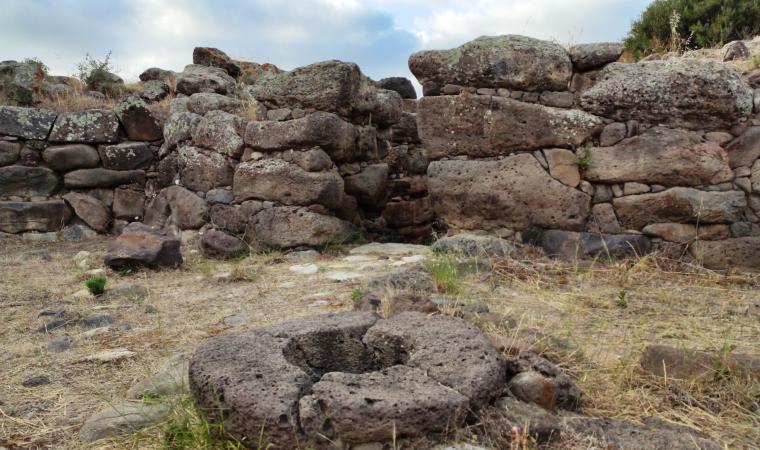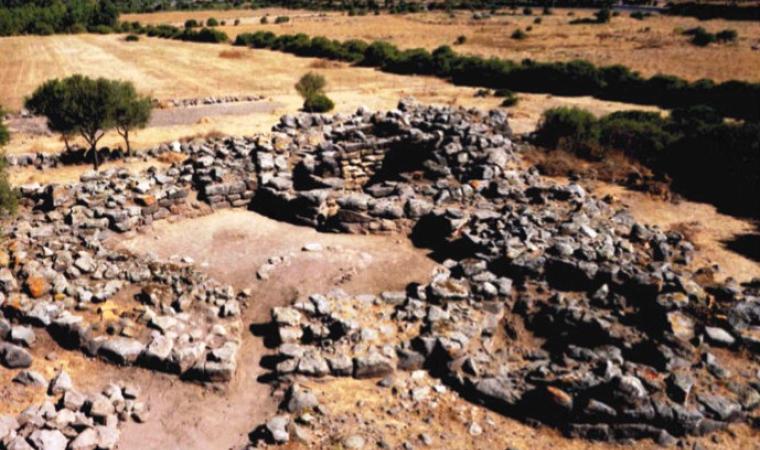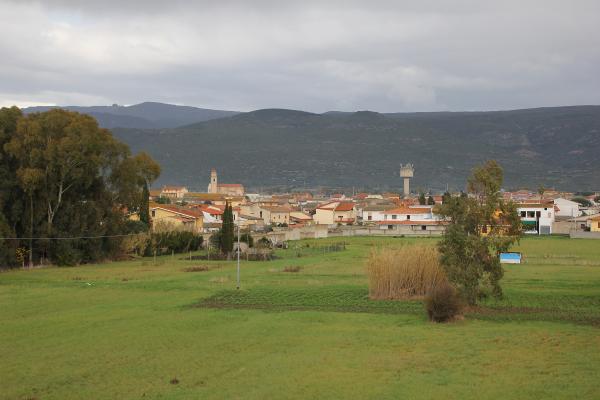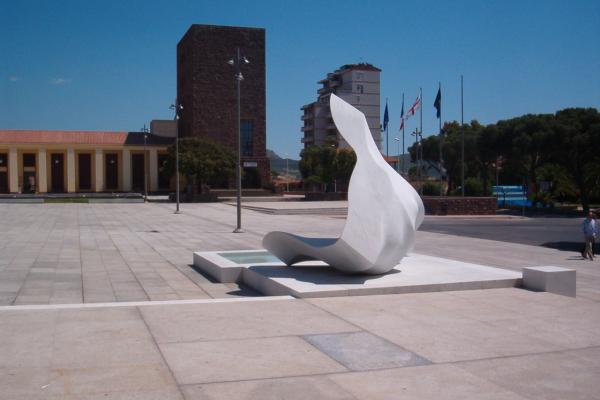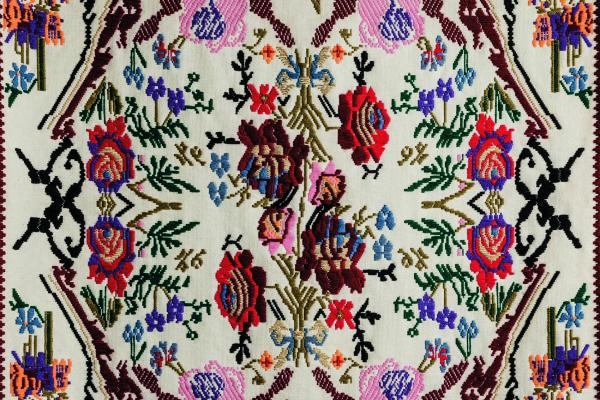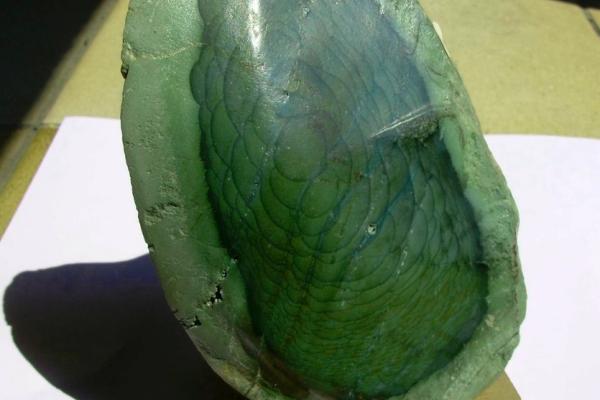According to the ‘father’ of Sardinian archaeologists, Giovanni Lilliu (1914-2012), this was the realm of a small capital, just like Su Nuraxi in Barumini and Nuraghe Losa in Abbasanta. Before him, at the beginning of the 19th century, other Sardinian scholars – Angius and Spano – bore witness to the fortress, exalting its architecture. The ancient majesty of the Nuraghe sa Domu Beccia (‘old house’ in the Campidanese dialect), a unicum on the island due to the unique articulation of towers and fortified walls, was then irremediably altered in the years 1822-25. With the boulders of the monument, 15 kilometres of paved road leading to Oristano were built. The charm of viewing such, however, was not affected: 800 metres from the town of Uras, at the south-western base of the Monte Arci park – a territory inhabited since the final Neolithic period also due to the presence of deposits of obsidian - the ruins of an elaborate and imposing complex that ‘came to life’ between middle and final Bronze (XV-XI century BC) period can be admired.
According to the ‘father’ of Sardinian archaeologists, Giovanni Lilliu (1914-2012), this was the realm of a small capital, just like Su Nuraxi in Barumini and Nuraghe Losa in Abbasanta. Before him, at the beginning of the 19th century, other Sardinian scholars – Angius and Spano – bore witness to the fortress, exalting its architecture. The ancient majesty of the Nuraghe sa Domu Beccia (‘old house’ in the Campidanese dialect), a unicum on the island due to the unique articulation of towers and fortified walls, was then irremediably altered in the years 1822-25. With the boulders of the monument, 15 kilometres of paved road leading to Oristano were built. The charm of viewing such, however, was not affected: 800 metres from the town of Uras, at the south-western base of the Monte Arci park – a territory inhabited since the final Neolithic period also due to the presence of deposits of obsidian - the ruins of an elaborate and imposing complex that ‘came to life’ between middle and final Bronze (XV-XI century BC) period can be admired.
Sa Domu Beccia, built in basaltic stone, consists of a bastion with three towers joined by curtain walls, which encase a central tower (keep) and a courtyard, with a central well, from which open access to six rooms. Three flights of stairs lead out from the keep, hinting to the original complexity of the upper levels of the Nuraghe. The current burial does not allow the layout of the rooms, entrances and corridors to be determined, but you can see three large niches arranged in a cross in the walls of the keep. The splendid fortress is ‘protected’ by a monumental heptagonal bulwark with six towers (with a diameter of between five and six metres). To the south of the Nuraghe extends a vast village consisting of about 150 huts that have been rather well preserved, the majority of which are circular. A short distance to the north, the profile of a Tomb of Giants has been discovered, with an elongated apsidal body and a semi-circular exedra.
The origins of Uras date back to the end of the 3rd millennium BC, as can be determined by ceramics found in Sa Grutta Manna. In Roja Cannas, at the foot of Mount Arci, the largest Neolithic obsidian deposit was discovered. The territory was densely inhabited in the Nuragic period. In addition to Sa Domu Beccia, more than twenty megalithic towers and two Tombs of Giants can be seen. The subsequent history of the important agricultural town in the Campidano di Oristano sub-region is also interesting. The remains of the Abbey of San Michele in Thamis (12th century), two kilometres from the town, bear witness to the Middle Ages, remaining such until the early 19th century when - as attested to by Angius and Spano – the walls of the castle of Uras were built. Today, the historical town spreads out around the baroque parish church of Santa Maria Maddalena (1664-82). On the subject of history and places of worship, the church of San Salvatore was threatened on 14th April 1470 when Leonardo Alagon defeated the Aragonese of Viceroy Carroz.





